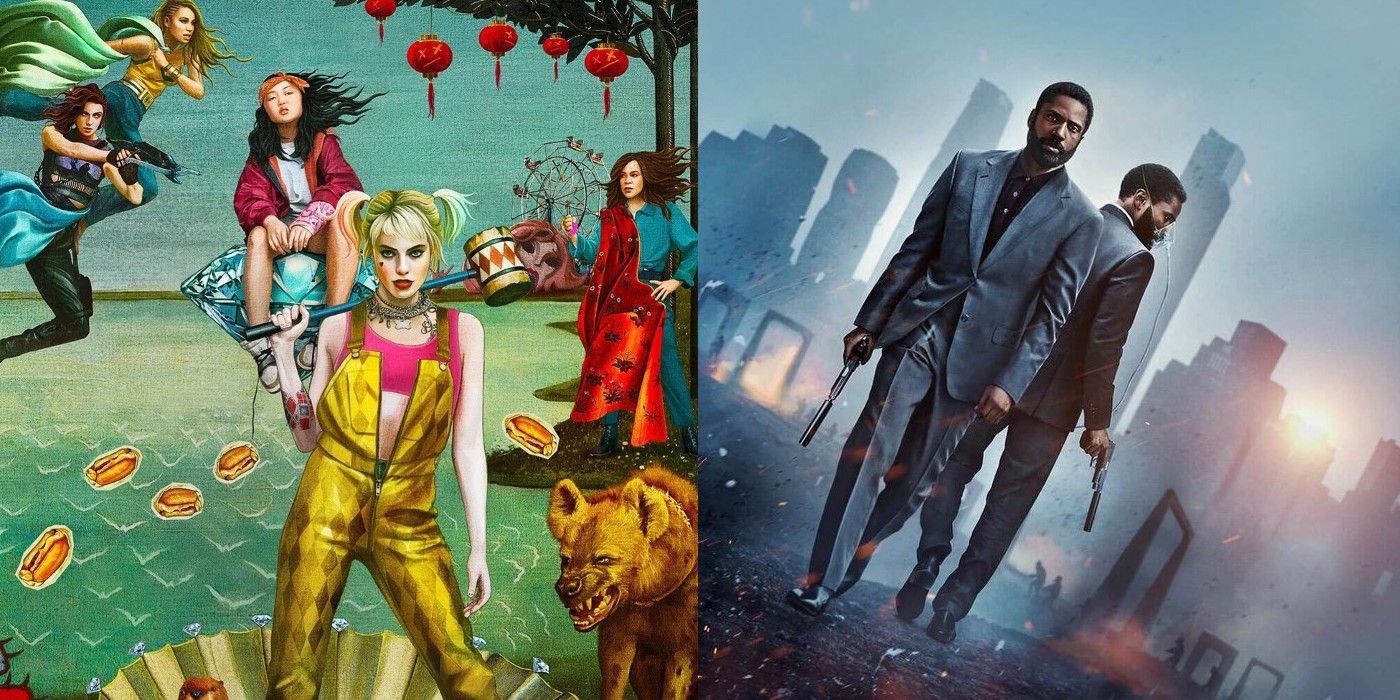Study Finds That More Diversity Brings In Bigger Movie Crowds

In a revelation that's sure to surprise anyone who's never been outside, it turns out that having more diversity in movies is good for business. Diverse films tend to bring in larger audiences than their more uniform-looking counterparts. The hot new gossip is that people are more likely to be interested in a movie if it features people who look like them.
In a new report conducted by UCLA, people of color were found to have accounted for a substantial chunk of box office sales in 2020, particularly when it came to films that featured more diverse casts and crews. This trend covered 6 of the top 10 most successful movies of the year, and it's a big reason much of the theater industry was able to remain afloat. Not only that, but this same crowd saw a slightly smaller but still substantial boost to at-home streaming numbers as well.
The upward tick in people of color boosting theaters like this is also in line with 2020's own general rise in diversity among its big films, with movies like Bad Boys for Life and unofficial Game Boy Advance movie of the year Tenet featuring from 31 percent to upwards of 50 percent minority cast members. But it wasn't just some kind of cynical effort to meet a quota or present the illusion of diversity. These trends appeared to come from a genuine place. According to UCLA's researchers, "films written or directed by people of color in 2020 had significantly more diverse casts than those written or directed by White men."
The question of diversity doesn't just refer to race, either. According to the study, women saw their own rise in numbers when it came to film leads, directors, writers, and actors in general. Well-received action movies like The Old Guard and the (arguably Oscar-snubbed) Birds of Prey not only featured women as their leads, but were also directed by women (as well as written, in the case of Birds of Prey). However, the researchers also pointed out that women are still generally underrepresented in film, which shows there's still a long way to go before true equality can be glimpsed.
So what can be taken away from this? It seems pretty cut and dry that good faith efforts on the part of filmmakers to expand representation to as many types of people as possible is generally a solid idea, from both a moral and financial standpoint. Even Apple got in on the action with its new, more Native American-friendly version of The Oregon Trail. From a more cynical view, the fact that these films largely made more money (as a trend) than their more homogeneous counterparts should be enough to convince more executives to take that plunge. But hopefully, it becomes something more sincere as a result.
It's worth noting that the source on this doesn't mention the LGBTQ+ community, even though it seems pretty clear that the diversity argument should apply there as well. So hopefully that can just be chalked up to an oversight or, more optimistically, that they will be covered in a separate study. Either way, the long and short of it is representation matters. Whether it concerns race, sex, gender, or sexuality, it matters, and now those who might not have cared before have another good reason to pay attention.
Source: The Hollywood Reporter

Post a Comment